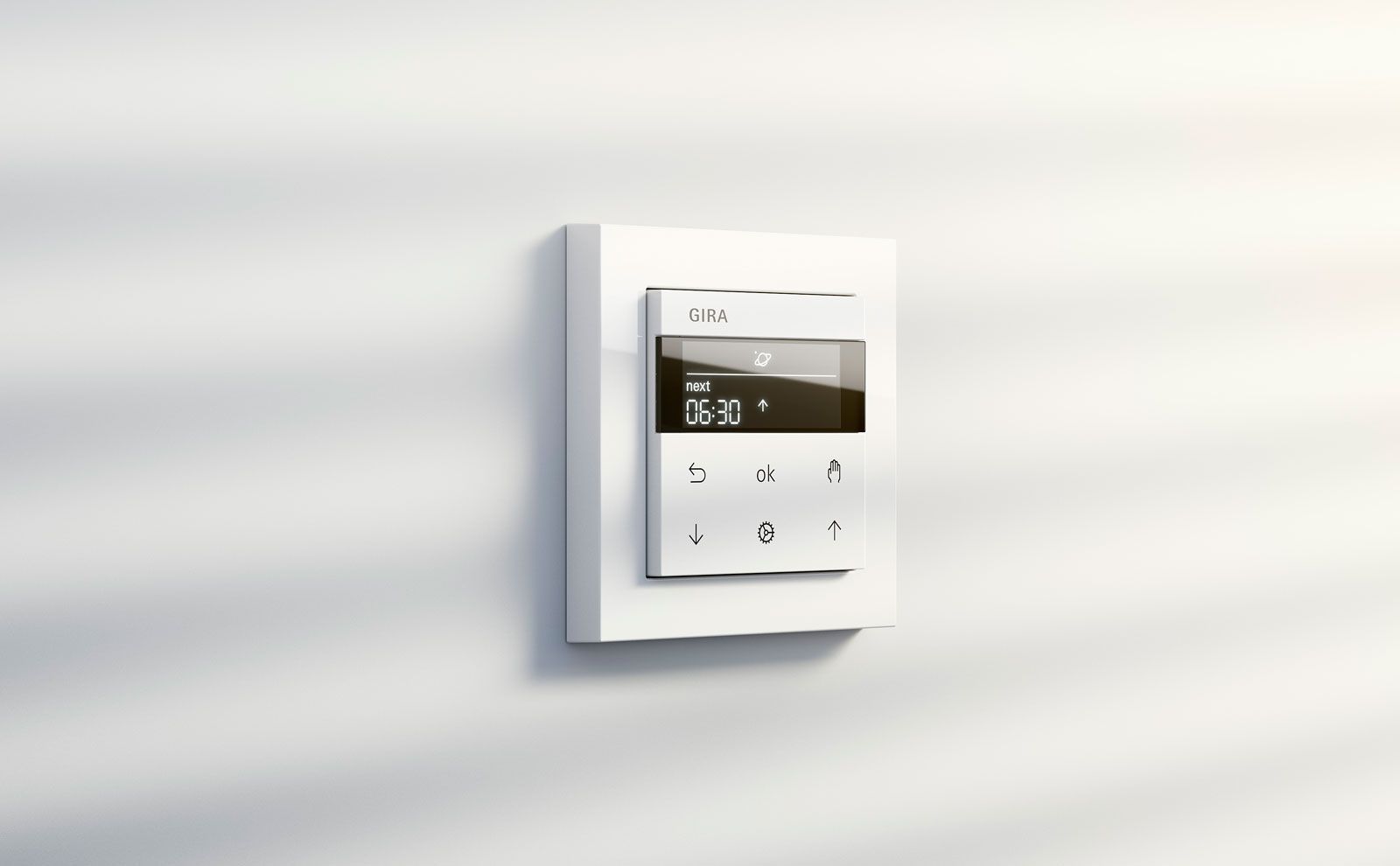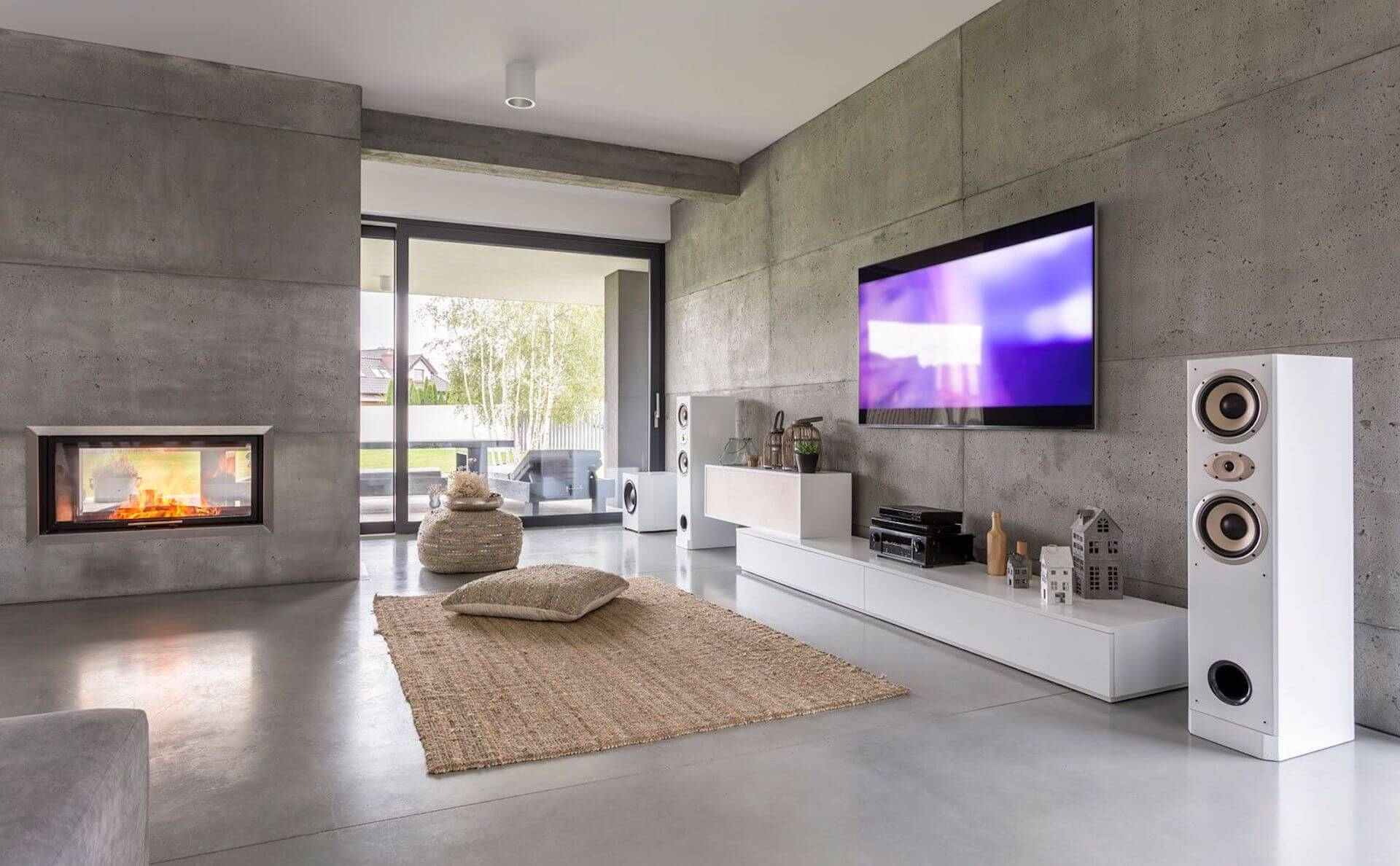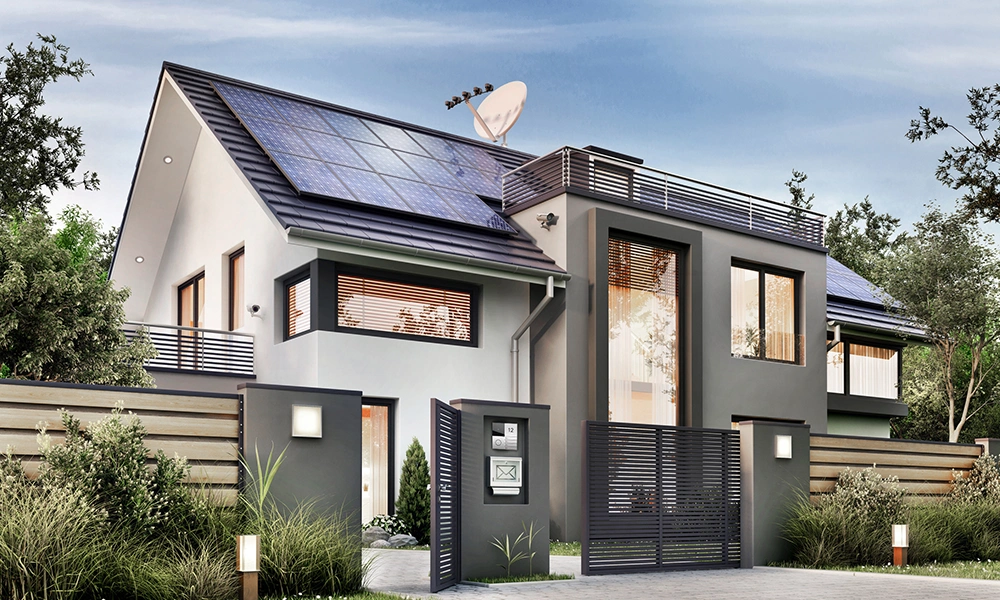
Sustainability has become a key factor in almost every aspect of daily life. So-called “zero-energy” houses open up new possibilities to minimise our ecological footprint – and save a considerable amount of money.
What does “net-zero home” mean?
When experts use the term “zero-energy house”, they do not refer to buildings that consume no energy at all. Rather, it means that the annual net-energy consumption amounts to “zero”. In other words: the house produces as much energy as it consumes per year. Recognising the need for sustainable solutions, associations such as the International Living Future Institute’s (ILFI) have already established official certification processes for net-zero homes. Their standard sounds as follows:
"One hundred percent of the building’s energy needs on a net annual basis must be supplied by on-site renewable energy."
The principle can be compared to a checking account in the bank: you’ll take some money out and pay some money back in, so the overall balance sheet stays the same. Sounds good in theory – but how does that work in reality? Let’s take a closer look at the features of zero-energy homes.
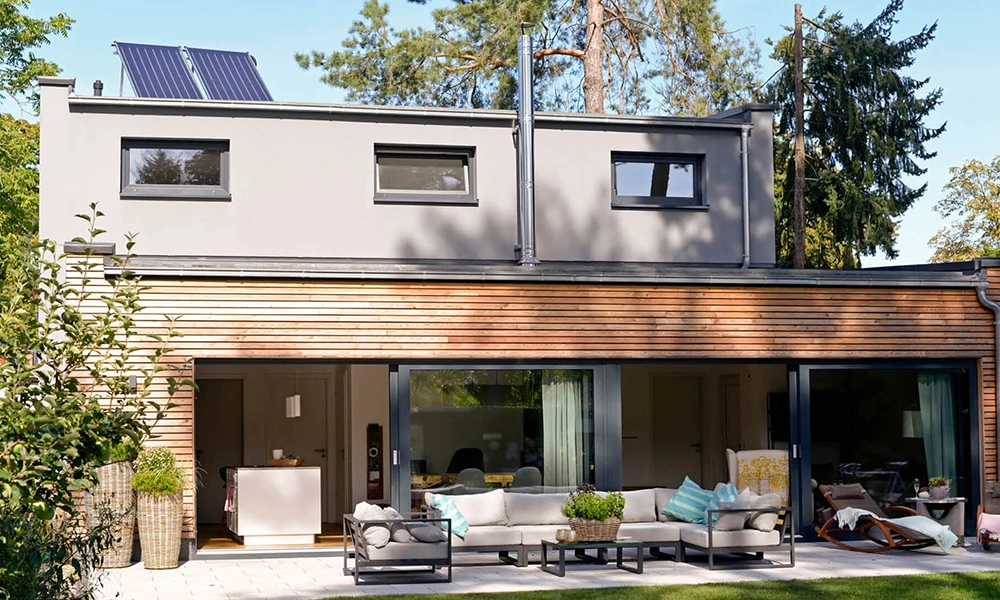
How to build a “net-zero” house
Constructing a home with maximum energy efficiency requires meticulous planning and, of course, modern technology. To get started, there are certain basics that you should consider in any case.
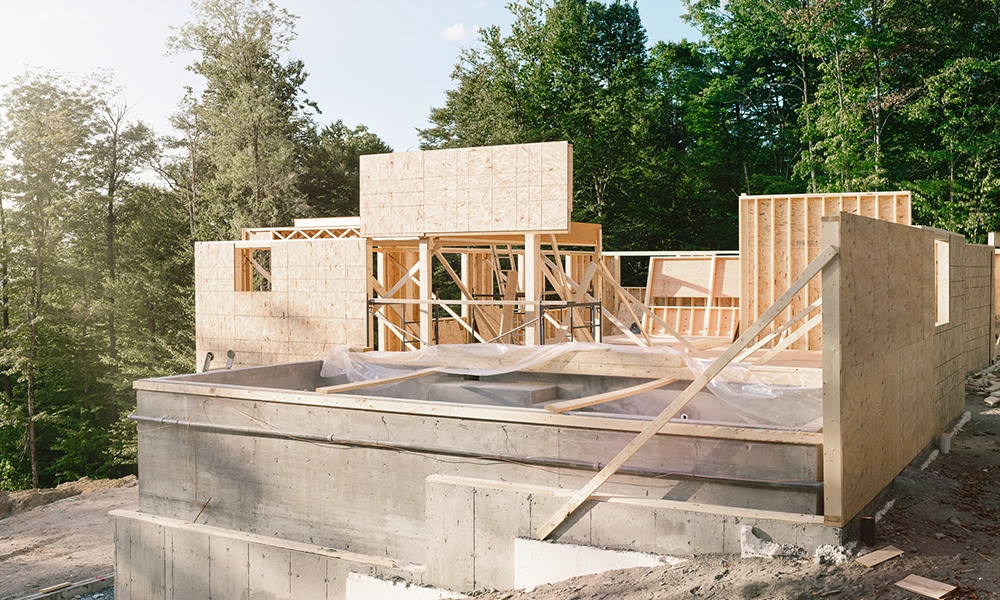
1. Choose your location carefully
Factors such as sunlight, wind patterns, rainfall, and temperature ranges have a huge impact on how much energy you consume in the long run. Therefore, it is important to analyse the local climate beforehand. You also should place your house in the right angle to take advantage of natural breezes, sunlight, and shade. For example, solar panels in the northern hemisphere prove most efficient when faced north. Windows, on the other hand, should mostly face south.
2. Make use of free energy sources
Photovoltaic systems are a must for net-zero homes. With solar panels installed on the roof or on the ground, you can convert sunlight to electricity – and even store it for the winter. This works best if during the hottest days of the year, only the roof (rather than your windows) is exposed to direct sunlight. For those worried about the costs involved, we have good news: prices for solar panels have plummeted in the last few years, while their efficiency has steadily increased.
3. Ensure a future-proof insulation
The less energy you consume, the less you will have to produce to make up for it. Therefore, net-zero homes need an extra shield of protection against heat and coldness from outside. Apart from solid walls, this requires triple-glazed windows and an airtight facade. The building should “breathe” like a human body: not through the entire skin, but only the nose and mouth. To that end, an automated ventilation system ensures a healthy indoor climate. It continuously circulates fresh outdoor air in every room – even when your windows and doors remain shut.
How to use smart technology in net-zero homes
Last but not least, you need appliances and systems that render your household as efficient as possible. How you control your lights, blinds, and heating can have a huge impact on how much energy you consume on a daily basis. Luckily, there are many smart features that you can integrate into a net-zero house.
1. Smart lighting control
Forgetting to switch off the lights can happen all the time – whether we’re in a rush to get to work or fall asleep while reading. In these cases, intelligent technology helps you out in various ways. For example, you can set automated schedules so that all the lights in your house will be turned off at a certain time in the evening. You can also use the Gira Smart Home app to quickly check or change the settings at your house while on the road. In outdoor areas, Gira motion detectors illuminate the pathway at night – but only when people pass by. Reacting to thermal movements, they won’t be triggered by animals or a gust of wind.
2. Smart heating control
Of course, you want to stay warm and cosy inside during the winter. But heating the whole house to full capacity might easily spike your monthly bills – and CO2 emissions. This is where an intelligent heating system comes in: it ensures that each room is warmed up or cooled down at the right time. Once the desired temperature is reached, the system will stop heating automatically. A Gira room temperature controller mounted on the wall allows you to check and adjust the settings with a few taps.
3. Smart blind control
Staying warm during the winter is just as important as keeping the heat out during in the summer. Net-zero homes take advantage of natural shade with roof overhangs and a precisely oriented facade. In addition, smart blinds will shield your house from bright sunlight. You can set personalised time schedules – making sure that your shutters will be lowered at noon, for example. Alternatively, you may also adjust the blinds manually or remotely via app. The longer your house remains shaded, the less energy you will have to spend for air conditioning, electric fans, and similar devices.
Benefits of net-zero homes
The main goal of zero-energy houses is to become independent of non-renewable fossil fuels, reduce CO2 emissions, and overall minimise the ecological footprint. But they offer a lot of practical advantages for their owners as well.
Relying on free energy sources (e. g. sunlight), you won’t have to deal with high bills for electricity and heating. In fact, a 2011 study by the Buildings Performance Institute Europe (BPIE) found that energy-efficient design can save up to 80 percent of a building’s operating costs.
Airtight constructions, combined with automated ventilation systems, require much less maintenance work. You won’t have to clean up dust all the time or worry about mould growing in your cellar or wet rooms.
Net-zero homes can serve as a financial investment. Due to their low maintenance costs and environmentally friendly design, they have a high resale value. Hence, you might likely make a huge profit if you decide to sell the house later on.
Can zero-energy living become the new normal?
Of course, not everybody has the means to build a new home with an entirely self-sufficient energy system. But there are many ways in which you can save valuable resources and lower your running expenses. In fact, the European Union has long decided that all new builds should be “nearly zero energy” by 2020. According to the European Energy Performance of Buildings Directive (EPBD) issued in 2010, ‘nearly zero’ means that a building “has a very high energy performance … covered to a very significant extent by energy from renewable resources”. Based on this definition, we can all do something to make our home more environmentally friendly – with smart technology, photovoltaic installations, or simply adjusting our daily routines. The main goal of net-zero homes thus applies to any other modern household as well: "Save as much energy as you can, capture as much free energy as you can, and only consume as much energy as you need."


